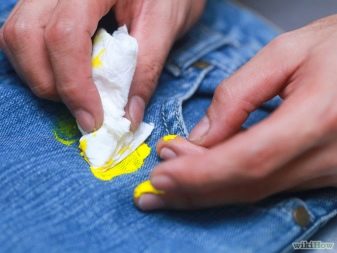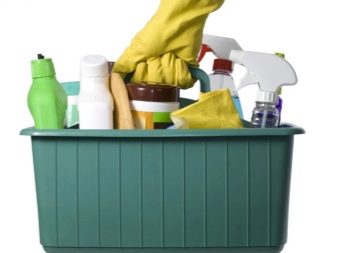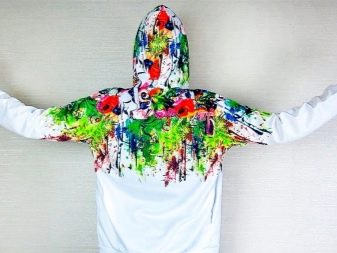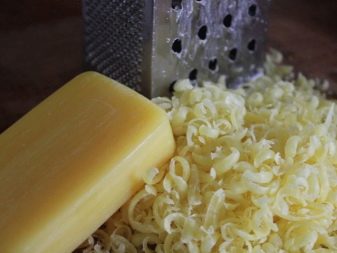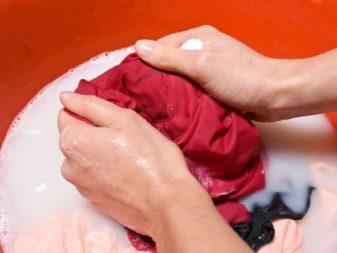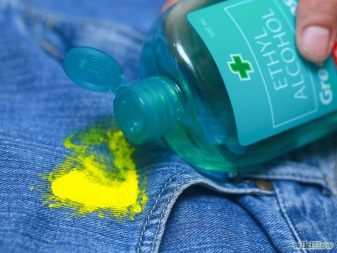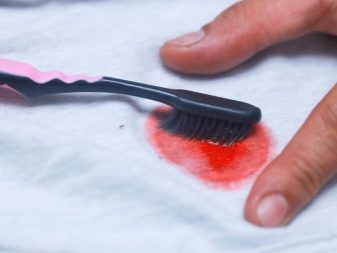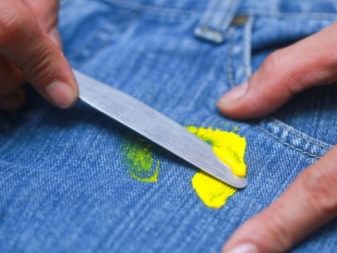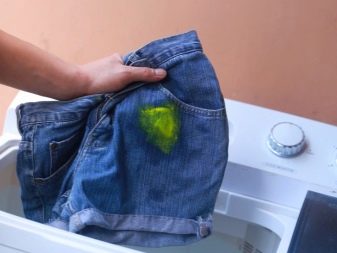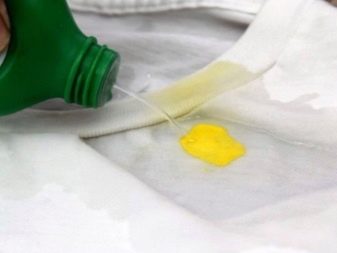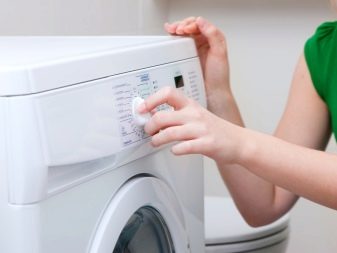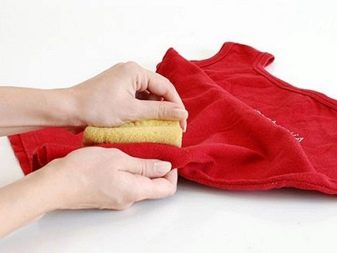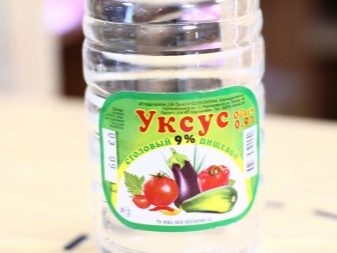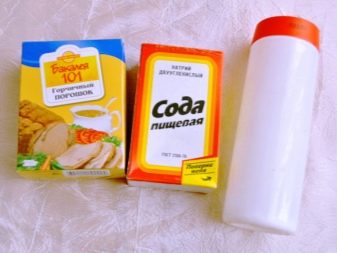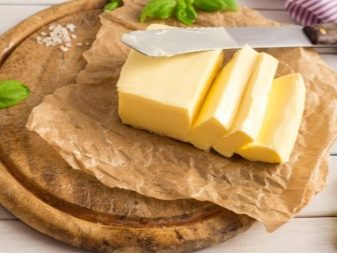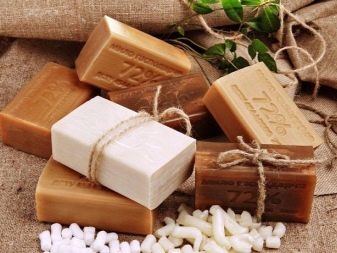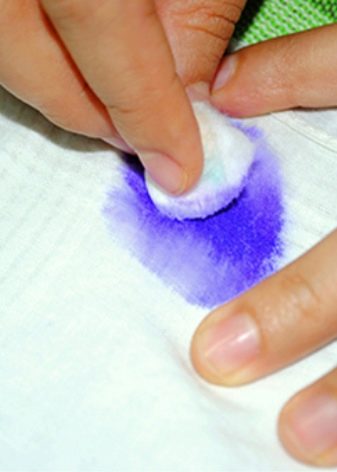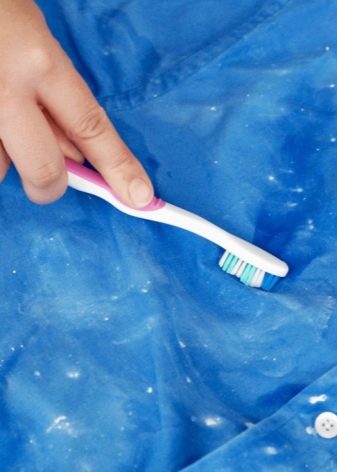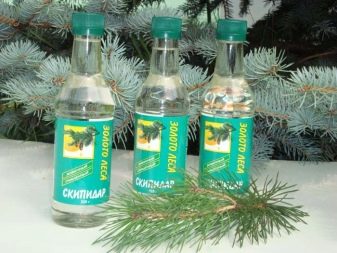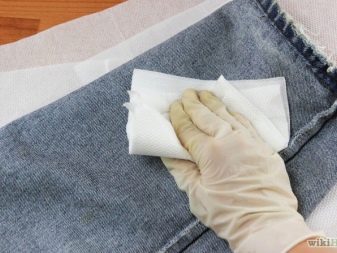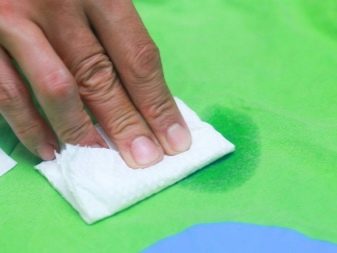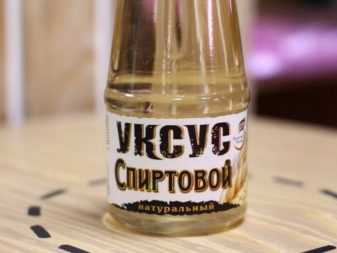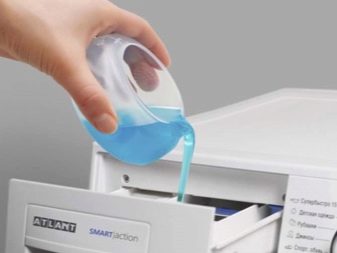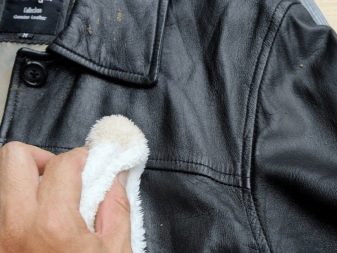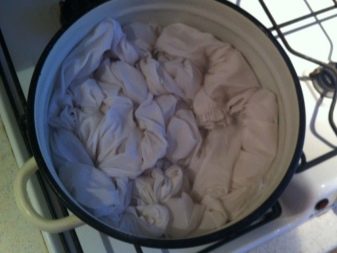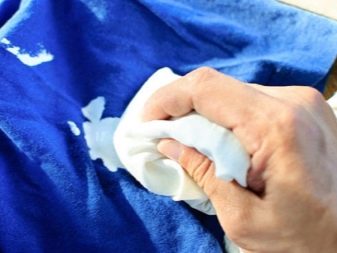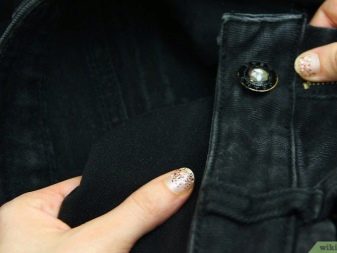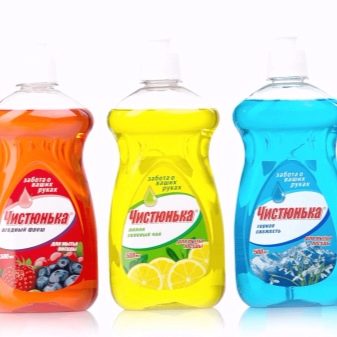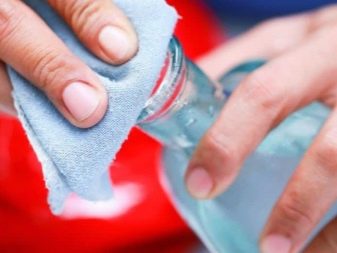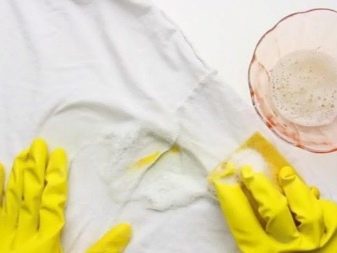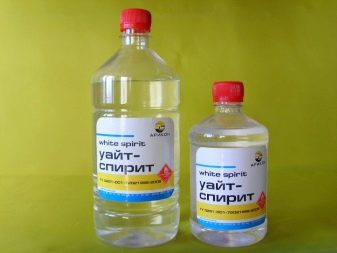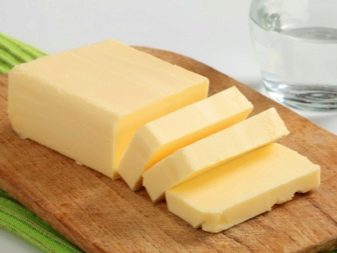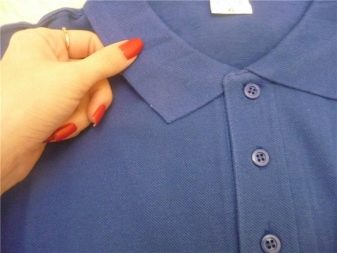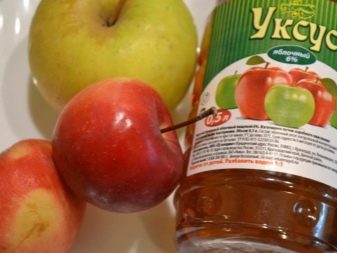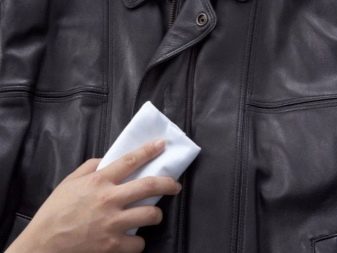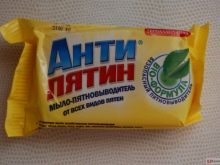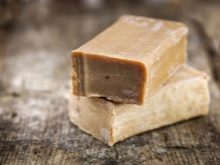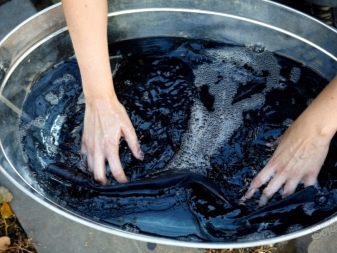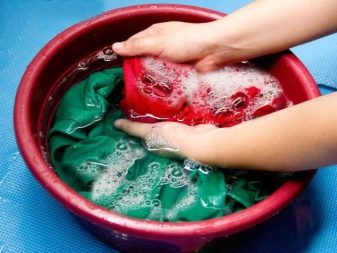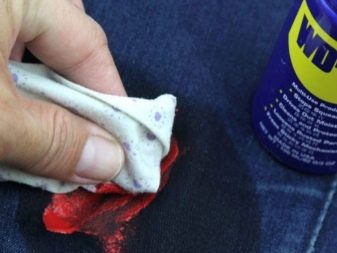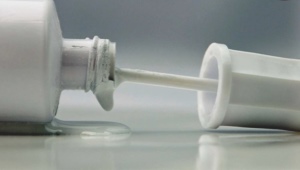Recommendations and methods for removing paint stains from clothes

After the walk, it is not pleasant to find traces of paint on clothes. Also, moms often encounter the colorful arts of their children in jackets and pants. In these cases, you need to know how to act so that the dye is not even deeper absorbed into the fibers of the fabric. It is impossible to get rid of persistent stains from paint during normal washing. But not necessarily use the services of dry cleaning. You can apply a variety of methods for their removal of clothing at home.
Recommendations and tips for removing all kinds of dyes will come to the rescue of the hostess, and the saved thing can be worn further.
Types of pollution
A thing stained with paint can be hopelessly damaged. But do not give up, there are ways to remove such persistent stains. Often at home you can save the spoiled thing. Determining the type of contamination is important in order to apply a suitable stain removal agent.
The key to success is to proceed with the removal as quickly as possible, until the dye has dried and still deeper penetrates the fibers.
All paints contain coloring pigment and binders. They are mixed, giving the desired characteristics of the coloring composition. A bunch can be glue, water, honey, oil and other chemical components. The method of removing stains from paint depends on the type of these substances. Below we analyze the possible types of spots.
With fine art lessons
These stains include stains from watercolor, oil, tempera, acrylic, stained glass, finger paints and gouaches. Such contaminations are easy to obtain when practicing creativity and drawing.
Finger paints consist of food dyes, water and thickeners. They are easy to clean with regular washing.
The composition of tempera includes PVA glue, egg, casein, oils. Such contaminants are discharged in cold water using dishwashing liquid.
Watercolor and gouache - water-soluble paints. The watercolor, in addition to the coloring pigment, includes dextrin, bovine bile and acacia resin. To improve plasticity, honey and glycerin are introduced, and then the paint is called honey. The gouache is similar in composition to watercolor, but whitewash is added to it to give the necessary texture. Fresh stains are washed in cold water. with laundry soap. If necessary, soak and repeat washing several times.
The basis of the oil paint is linseed oil, artificial resin and beeswax. If the oily substance gets on the clothes, the excess is removed with a napkin, and the contamination is removed with a solvent.
Polyacrylates serve as a binder in acrylic paints. Just soiled thing is washed up with warm water and soap. Dead pollution can be removed weak solvent.
After repair
Paint and varnish products are used for finishing and painting various surfaces. It is possible to get such pollution not only during repairs, but also when carelessly moving near painted objects. For coloring choose the following types of paints:
- Alkyd paints subdivided into oil and enamel. Binder acts alkyd resin. These compounds form a matte or glossy airtight film. Since the enamel contains varnish and the oil paint is present in the oil paint, it cannot be cleaned with the usual washing. The dye only goes deeper into the fibers of the fabric.
Such water resistant stains are cleaned with solvents. Any dishware is thickly applied to a fresh stain, left for half a day, then cleaned with a brush and washed.You can try to clean the old, dried oil paint with a knife or blade, carefully removing the oil film.
- Emulsion paints divided into water-based, latex, acrylic, polyvinyl acetate, silicone. All species differ in strength and water resistance. Polyvinyl acetate and water-emulsion are quickly washed off with water, the most resistant - latex and silicone. Stains from water-based paint will disappear during normal washing. More durable traces of silicone require pre-treatment with solvents, soaking and washing with stain remover.
Typographic
The composition of printing ink includes typographical linseed oil and carbon black. They are heavily moving away from the fabric, require the use of solvents. Treat them with warm alcohol, then chloroform.
Fresh ink from the printer is polished with cold water and subjected to washing. Stubborn stains are treated with hydrogen peroxide.
Stamp inks are water based, alcohol based, oil based. Traces of the stamp composition on oil are removed with degreasing liquids, dissolved in alcohol and water based on alcohol.
Cosmetic
Paints for make-up are made on an oil or fat basis - petroleum jelly, paraffin. Apply paints on a water basis to a face painting. There are fluorescent neon paints for applying makeup for body art. A fluorescent pigment that glows in the dark is added to the usual composition.
Make-up is washed off with soap and water, and soiled things are washed on a long-term basis.
For tattoo use temporary and permanent pigments. If the dyeing composition of a temporary henna-based tattoo stained the fabric and entrenched, it is difficult to remove. You can try alcohol, hydrogen peroxideBut the result of these funds may not bring.
When hair dye got on your clothes, you should immediately fill this place with laundry soap. Old contamination is whitened, and wool and synthetics are removed with vinegar.
Necessary accessories
Such an annoying nuisance, like a stain on the paint on clothes, can happen at any time. Therefore, in the house you need to have on hand all the necessary tools to quickly cope with the stain. Here is a list of the necessary tools that will be needed to remove and dissolve the paint and varnish composition:
- Water. Rinsing in cool water displays unstable water-based paints.
- Solvents - acetone, ammonia, turpentine, white spirit, purified gasoline, denatured alcohol. All these liquids dissolve the dyes of enamel, oil formulations, helping to remove them. But they can also dissolve the color pigment from the fabric itself. They are used only on stably painted things that do not shed.
- Hydrogen peroxide. Bleaches and cleans white cotton fabrics from printer ink, hair dye.
- Dishwashing liquid. Removes fresh oil based paints.
- Soda and mustard powder. Used to scrape away dried oil paint as an abrasive.
- Vinegar. In the warm form will help remove traces of dried watercolor and gouache, hair dye.
- Butter and washing powder. This mixture removes oil paint.
- Vegetable oil. Used for leather goods.
- Stain remover and bleach. Chlorine-based bleaches clean white cotton items. Stain remover is used on colored clothing.
- Laundry soap. Soap rub, soak old stains after drawing.
- Ether and chloroform. Apply for removal of resistant typographical dyes.
Also need accessories for cleaning:
- cotton pads;
- old toothbrush;
- hard and soft brush for different types of fabric;
- cotton cloths;
- blunt knife or blade.
With the help of cotton pads or cotton wool, various liquids are applied to dissolve the coloring pigments. Clean, well-absorbing rags wipe off dyes from leather, silk and other soft and delicate things.They are also placed under the stain so that the solvents are absorbed.
Hard brush will allow you to clean coarse durable fabrics - denim, kurtochnuyu, membrane. Soft brush brushed cotton, linen. With the help of an old toothbrush, it is convenient to clean and scour small point-like dirt. The knife removes the film from the dried oil paint, trying to scrape it off.
Cleaning features
Depending on the composition of the fabric, an agent is selected for removing the coloring matter. Aggressive purification methods are not suitable for delicate materials.
If you do not take into account the type of material, then stained clothes can be permanently spoiled in the cleaning process.
Often dirty casual clothes - skirt, pants, jeans. Pants or skirt should be immediately cleaned from traces of paint, they are very durable and will not come off during normal washing. The dye is processed with white spirit or turpentine.
Material
Cotton and linen - a natural durable material. Cotton fabric transfers washing at high temperatures, the use of potent stain removers and bleaches. Cotton clothes are easy to clean from different paintwork formulations. Fibers withstand the use of strong solvents.
Silk refers to natural, delicate materials. Contaminants from paint are rubbed with alcohol, washed at low temperatures in delicate mode.
Synthetics do not tolerate the use of chemical solvents. Synthetic materials are cleaned with gentle methods - oil, vinegar.
Polyester jacket fabrics are washed gently using liquid detergent. Stubborn stains are rubbed with a cotton swab dipped in alcohol or any mild solvent.
Leather products can not be cleaned with turpentine, gasoline and other aggressive liquids. To remove the paint from the skin using vegetable oil.
Colour
For white cotton fabrics, the following method of removing persistent colourants is suitable: combine one part of white clay with a part of gasoline, leave the mixture in the polluted area for 3 hours. Then the thing is erased with the addition of bleach.
White cotton items boil to restore whiteness and remove many contaminants. Boiling is not suitable for multi-colored and dark clothing. Dissolve soda and soap in water, put on fire, bring to a boil. White things with persistent stains from latex, acrylic paints, hair dyes are immersed in a boiling solution.
This method is suitable for a white shirt made of cotton.
Colored clothes are treated with a solvent, if the dye on the fabric does not change color under its influence. Firmness check on an inconspicuous site.
Things black color carefully treated with solvents. It is preferable to use alcohol and vinegar. If these funds did not help, a test for resistance of the black dye to gasoline, white spirit, kerosene is carried out on the wrong side.
Preparatory work
Before proceeding with the removal of stains from the paint, you should familiarize yourself with the label on the clothes, where the manufacturer indicates the temperature mode of washing, recommendations on the use of bleach and solvents for this type of material.
Prepare a workplace for removing spots and the necessary tools and instruments.
It is advisable to use rubber gloves to protect your hands. When using solvents with a strong odor provide ventilation.
How can I wash?
Before you wipe the dirt from the paint, you need to figure out what material the clothes are made of. The composition of the fabric selects possible methods and means of cleaning.
Cotton products
Cotton clothes tolerate the removal of dyestuffs, if you follow the manufacturer's recommendations for the care of the product. Fresh watercolor and gouache from cotton products coming off when washing in normal mode at low temperatures. Dried traces are soaked in soapy water, then washed.
Oil and tempera paints are washed with cool water, a layer of soap or dishwashing liquid is applied to the trail, and after an hour the stains are washed. For dried dirt, apply a soak in the stain remover. Bleach or boiling is suitable for white things.
Clean up fresh dirt from oil formulations will help liquid dishwashing liquid. He is poured and left to act for a couple of hours. Then you need to rub with a brush and cloth to remove contamination.
The top layer of dried oil paint is carefully scraped with a blunt knife or blade. Do not damage the fabric fibers. There are several ways to remove traces of dye at home:
- Make a mixture of purified gasoline and acetone. Treat them with a stain. Suitable only for light cotton, as the composition will dissolve the dye fabric.
- A cotton pad is impregnated with turpentine, gasoline or their mixture, then the rubbing is wiped until it disappears completely. Turpentine and gasoline leave an oil film, which is removed with ammonia.
- Pour the trail with kerosene and rub it with a rag. Additionally process ammonia.
- Vegetable oil pour area of pollution and let it soak. Remove the soaked paint with a knife and wipe off with a brush. Sprinkle with salt or soda and cover with warm water.
Dried enamel is removed with white spirit - moistened cotton is applied to the paint, allowed to act for 10 minutes. Treat from the edges to the center to remove the stain.
Water and soap well dissolves and washes water-based compositions. Fresh stains from acrylic and latex paints are washed with cold water, and old traces are rubbed with a brush using soap or powder.
If the old pollution does not give in to cleaning agents, then before washing it is necessary to apply a mixture of ammonia, salt and vinegar.
Dye from the hair will move away if you soak a spot in hydrogen peroxide. For white things use whiteness.
Traces of ink are treated with alcohol. Then cleaned with a cloth on which is poured chloroform and ether. Pollution from stamp paint is derived with a mixture of ammonia and turpentine.
Other fabrics
Silk, synthetic and wool products cannot be cleaned with solvents to remove alkyd oil dyes. They are washed with oil and alcohol:
- Mix a teaspoon of butter with any detergent in equal proportions. Apply to the stain, rubbing well, leave this mixture for two hours. Then wash.
- Apply vegetable oil. Cotton wool dipped in oil, rub the fabric until the disappearance of traces of the dye.
- Rub contamination with soap, and then treated with a cotton swab dipped in warm alcohol.
Fresh stains from gouaches, watercolors, acrylic and latex paints will not be difficult to withdraw. To wash the paint off the clothes will help detergent or laundry soap. Well helps soaking in soapy water.
Old contamination from latex and acrylic removes denatured alcohol. The wet thing is rubbed with soap and treated with alcohol. The remains are cleaned with a cloth and sprinkled with talcum powder. An hour later, washed.
With delicate fabrics, hair dye is removed with a cotton pad soaked in vinegar.
The stain on the silk blouse from the stamp paint removes mustard powder. Powder is poured on the wet area, slightly rubbed with fingers. It is necessary to let him act and wash in a day.
Leather products are cleaned with a cotton pad dipped in sunflower or olive oil. Remaining oil is removed with a sponge and soap solution and wiped dry with a napkin.
What means to wash?
To wash a fresh stain from the dye will be able to any washing powder for manual or automatic washing. A universal remedy for all types of fabric is laundry soap. It removes stains from gouache, watercolor, latex, acrylic, water-based paint.
If it is useless to wash old stained spots, it is necessary to act more rigidly and use an oxygen stain remover for colored or white linen. For white cotton products, chlorine-based bleach is used.
Stain removers should not be used on woolen or silk fabrics.
The clothes of the child with traces of a watercolor are washed off with powder for children's clothes. Stubborn traces of dyestuffs from children's clothes are washed and soaked with soap. "Antipyatin". It is hypoallergenic and effective.
The final stage
After removing the stains from the fabric, the item is washed to get rid of the dye.
To get rid of the pungent smell of solvent will help prolonged washing. With a persistent smell of gasoline and kerosene will have to wash the fabric several times. Clothes thoroughly rinsed in plenty of water, using clothes for laundry.
During drying, the material must be ventilated. Drying is better on the street, in extreme cases, with the window open.
Tips
Basic practical tips on removing stains from various dyes are as follows:
- fresh paint can be easily washed with laundry detergent or soap;
- fine articles of synthetic and silk cleaned from the inside;
- before using solvents they are tested on the seam of the product;
- if the paint has dried and ingrained into the fibers, they try to remove the crust mechanically, then pour it in with a solvent so that the dye remains softer and easier to remove;
- first of all, the stain needs to be fixed manually, then sent to the wash;
- when removing stains, it is not necessary to smear them on the surface, polluting the clean area;
- when scrubbing, you need to frequently change a cotton pad with traces of dye.
For more tips on how to get rid of paint stains from clothes, see the next video.

